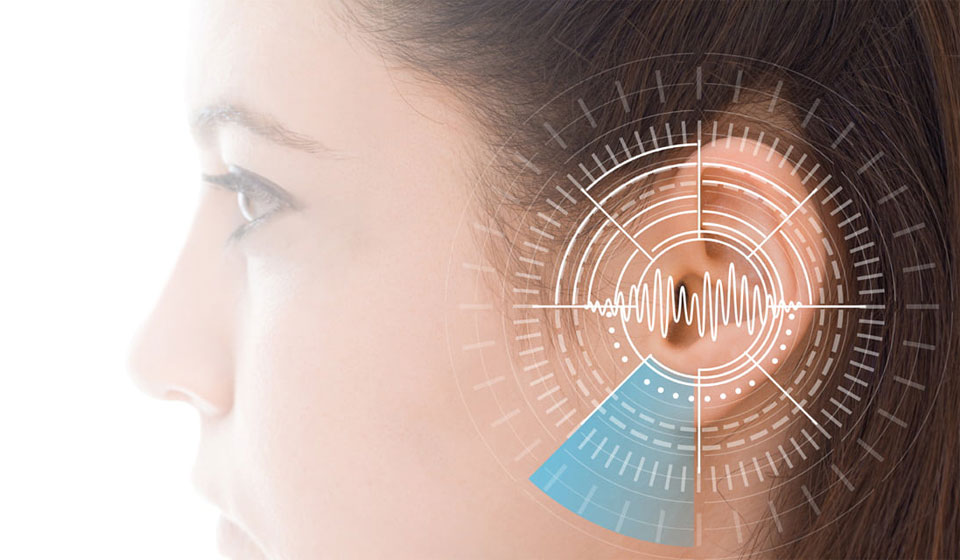The healthy human ear can hear sounds from around 20 Hz up to about 20 kHz. Sounds above 8 kHz are considered as extended high frequencies (EHF) and are often ignored by researchers, although others suggest that these frequencies can give our hearing a boost, especially when trying to listen to speech in noisy environments.1
The hearing ability of a dog is dependent on its breed and age. However, the range of hearing is approximately 40 Hz to 60 kHz, which is much greater than that of humans. As with humans, dogs can suffer from age-related hearing loss, with some breeds, such as German shepherds and miniature poodles, being more susceptible than others.
Bats need sensitive hearing to compensate for their lack of visual stimuli, particularly for navigation when hunting. Their hearing range is between 9 kHz and 120 kHz. They locate their prey through echolocation. A bat will produce a very loud, short sound and assess the echo when it bounces back, allowing them to locate objects in the dark.
Mice have large ears in comparison to their bodies. Mice hear higher frequencies than humans; their frequency range is 1 kHz to 70–90 kHz. They do not hear the lower frequencies that we can; they communicate using high frequency noises some of which are inaudible by humans. The distress call of a young mouse is about 40 kHz, twice as high as we can hear.
So, how well do humans hear compared to the animals above? Not very is the answer! Read more about animals with the best hearing.
Source
1. “Extended high frequency hearing and speech perception implications in adults and children”, Hearing Research, Volume 397, November 2020.





